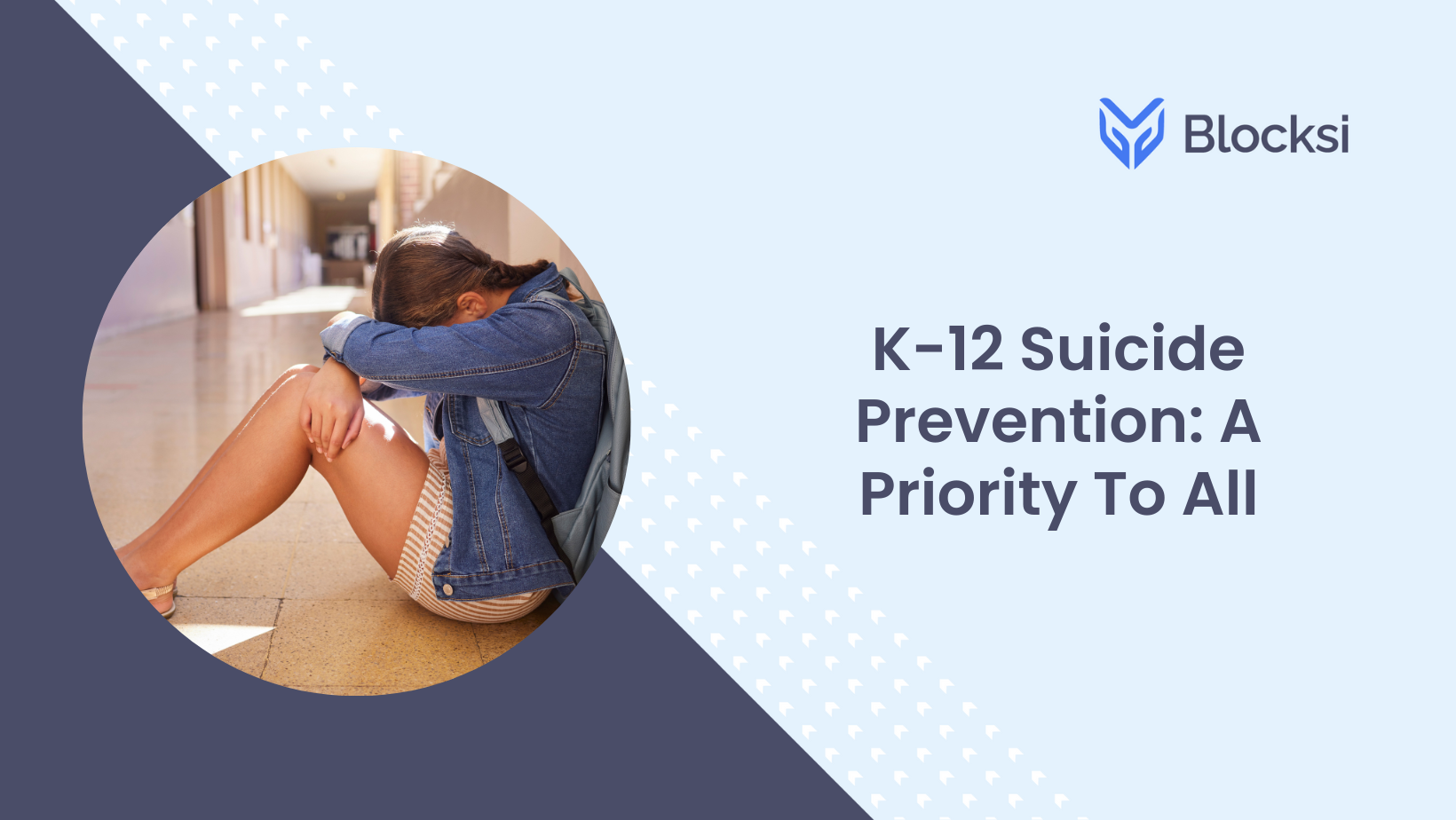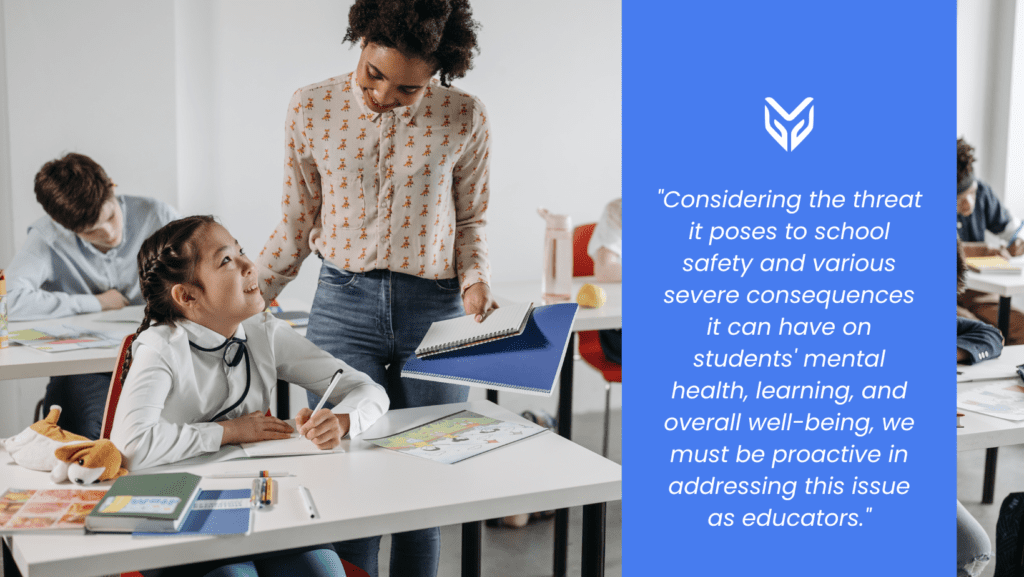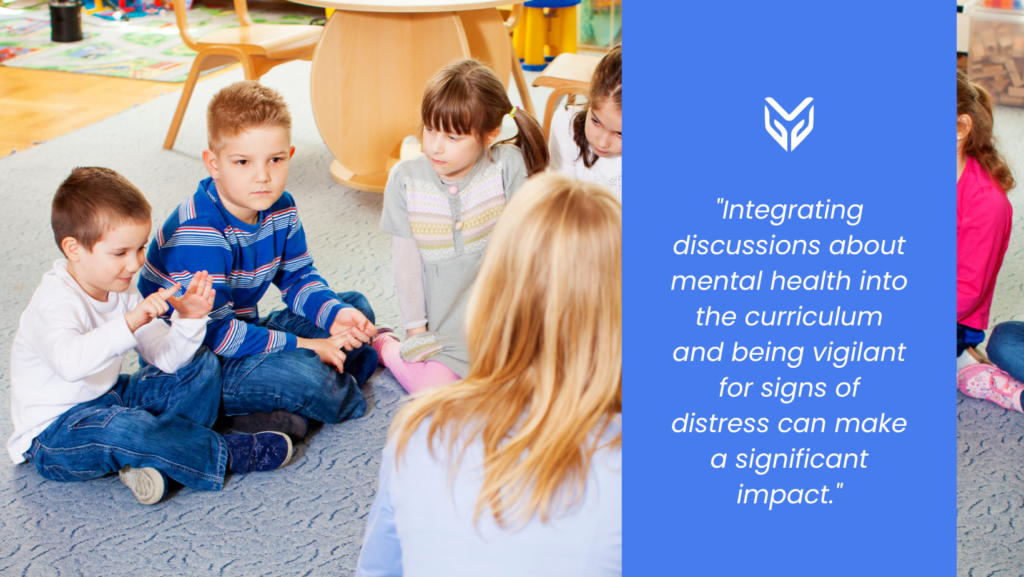NEWS
K-12 Suicide Prevention: A Priority to All

In education, ensuring student safety extends beyond the physical settings of K-12 classrooms. As educators, we are responsible for addressing our students’ many challenges. One critical aspect of this is K-12 suicide prevention, which demands our immediate attention. In this article, we delve into the imperative of prioritizing student safety and explore how technology, specifically K-12 threat detection, can play a pivotal role in preventing tragic outcomes.
Ensuring a safe learning environment is essential for effective education and K-12 suicide prevention is an integral part of this safety paradigm. In recent years, there has been a growing concern regarding school violence, with students facing unprecedented challenges, both online and offline. According to the K-12 School Shooting Database, the number of shooting incidents in 2023 has reached an all-time high, with 330 incidents happening just this year.
Another concerning subset of school violence is cyberbullying, a phenomenon sadly more present with the increasing amount of screen time. Considering the threat it poses to school safety and various severe consequences it can have on students’ mental health, learning, and overall well-being, we must be proactive in addressing this issue as educators.

That is why we need to understand how to prevent cyberbullying in schools. The anonymity of online platforms often encourages individuals to engage in harmful behavior, causing emotional distress to their peers. To combat this, it is crucial for teachers to foster an open dialogue with students and implement a student safety solution to scan students’ online activities and protect them at all times.
A Technological Approach: K-12 Threat Detection
One of the powerful tools at our disposal for K-12 suicide prevention is advanced technology, specifically K-12 threat detection systems. These systems go beyond traditional methods, scanning students’ devices for signs of alarming content or potential threats. By implementing such software, schools can identify early warning signs and notify schools, allowing timely intervention and support for students in need.
A thorough K-12 threat detection like Blocksi scans students’ digital activities at all times—24/7/365. This process involves two stages: the AI system identifies potential threats initially, followed by a human review to confirm with absolute certainty that a threat is genuine. Any concerning content is expeditiously relayed to the school as an alert, enabling prompt intervention and necessary actions to be taken.

AI-powered K–12 threat detection systems prove highly beneficial due to the seriousness of the subject, the large number of students, and the extensive data that needs to be monitored. Furthermore, they can alert school authorities when a student tries to access worrying content. This empowers educators and school administrators to actively supervise students’ online activities and implement necessary measures to guarantee their safety, preemptively identifying potential threats to K-12 students before any harm transpires.
Balancing Technology and Compassion
While technology is a powerful ally in K-12 suicide prevention, it’s essential to strike a balance when aiming to foster utmost school safety. The human touch remains irreplaceable in understanding and addressing the complex emotions students may be experiencing. Beyond delivering lessons, fostering an environment that prioritizes student safety is crucial. Integrating discussions about mental health into the curriculum and being vigilant for signs of distress can make a significant impact. Additionally, educating students about responsible online behavior and the consequences of cyberbullying is essential in raising digital citizens and preventing harm.

A Unified Front for Student Safety
In conclusion, K-12 suicide prevention is a collective responsibility uniting teachers, tech directors, and the entire educational community. By embracing advanced technology like K-12 threat detection, fostering open communication, and prioritizing student safety, we are creating an environment where students feel supported, valued, safe, and motivated to learn.
Reach out to us today and join us on the mission of making our schools not just centers of academic learning but also strongholds of compassion and security. Take action and join our “putting an end to school violence” movement now.
SOURCES
[1] All Shootings at Schools From 1966-Present





